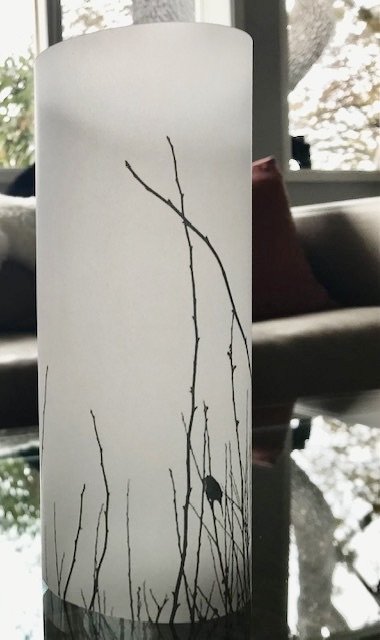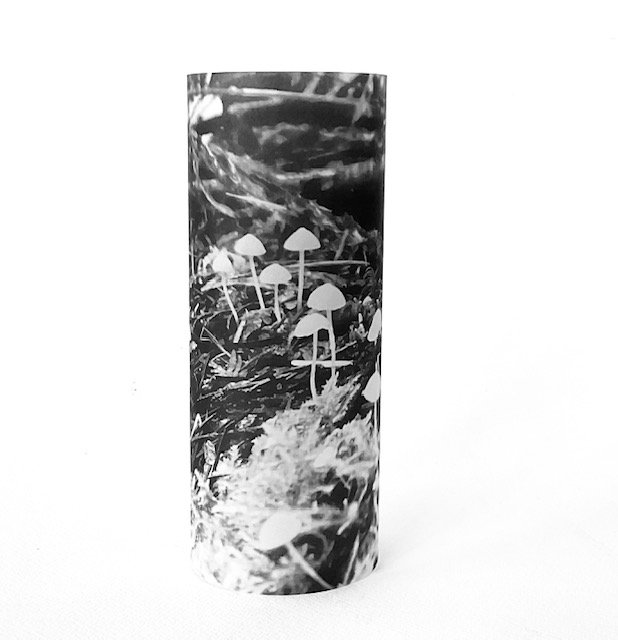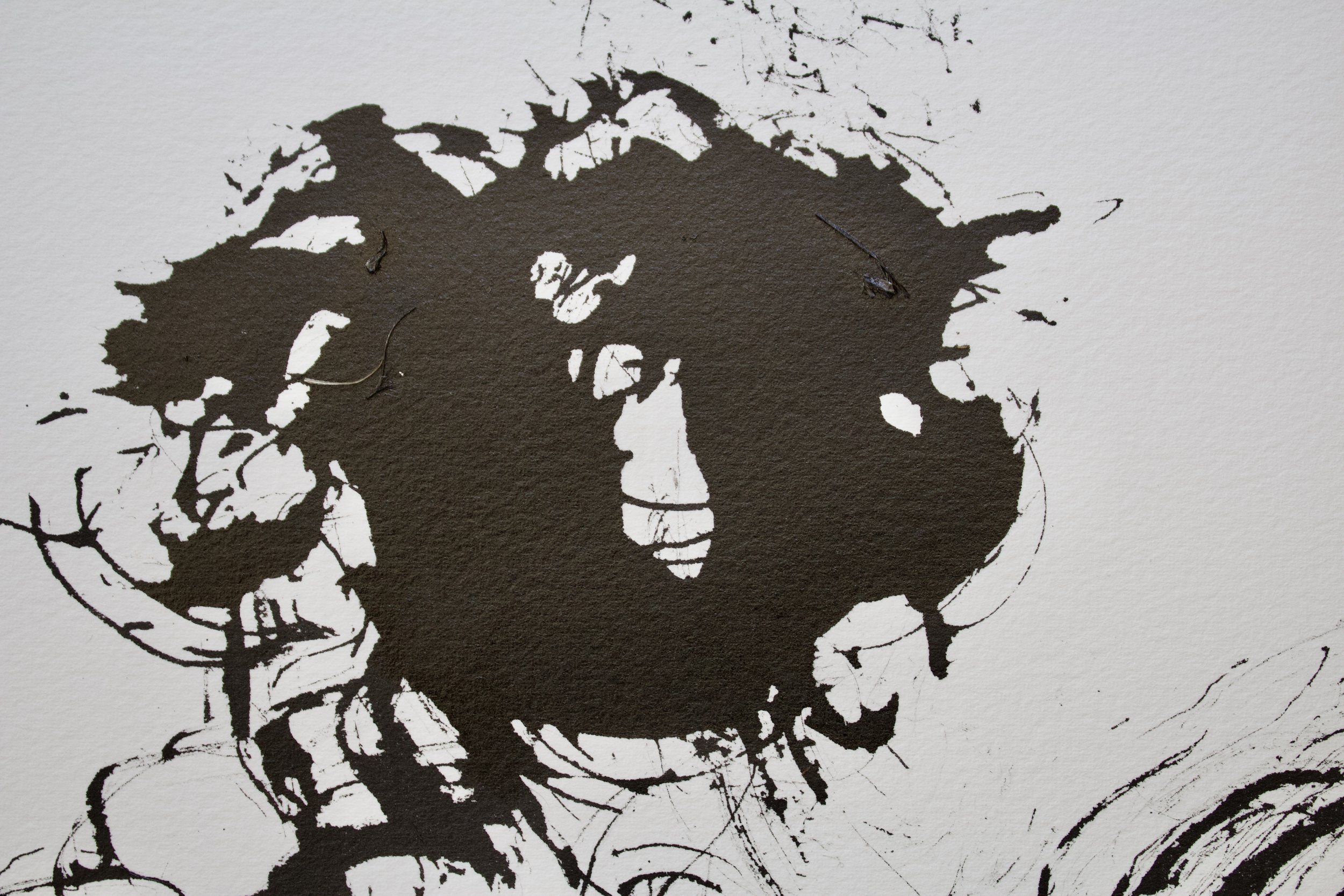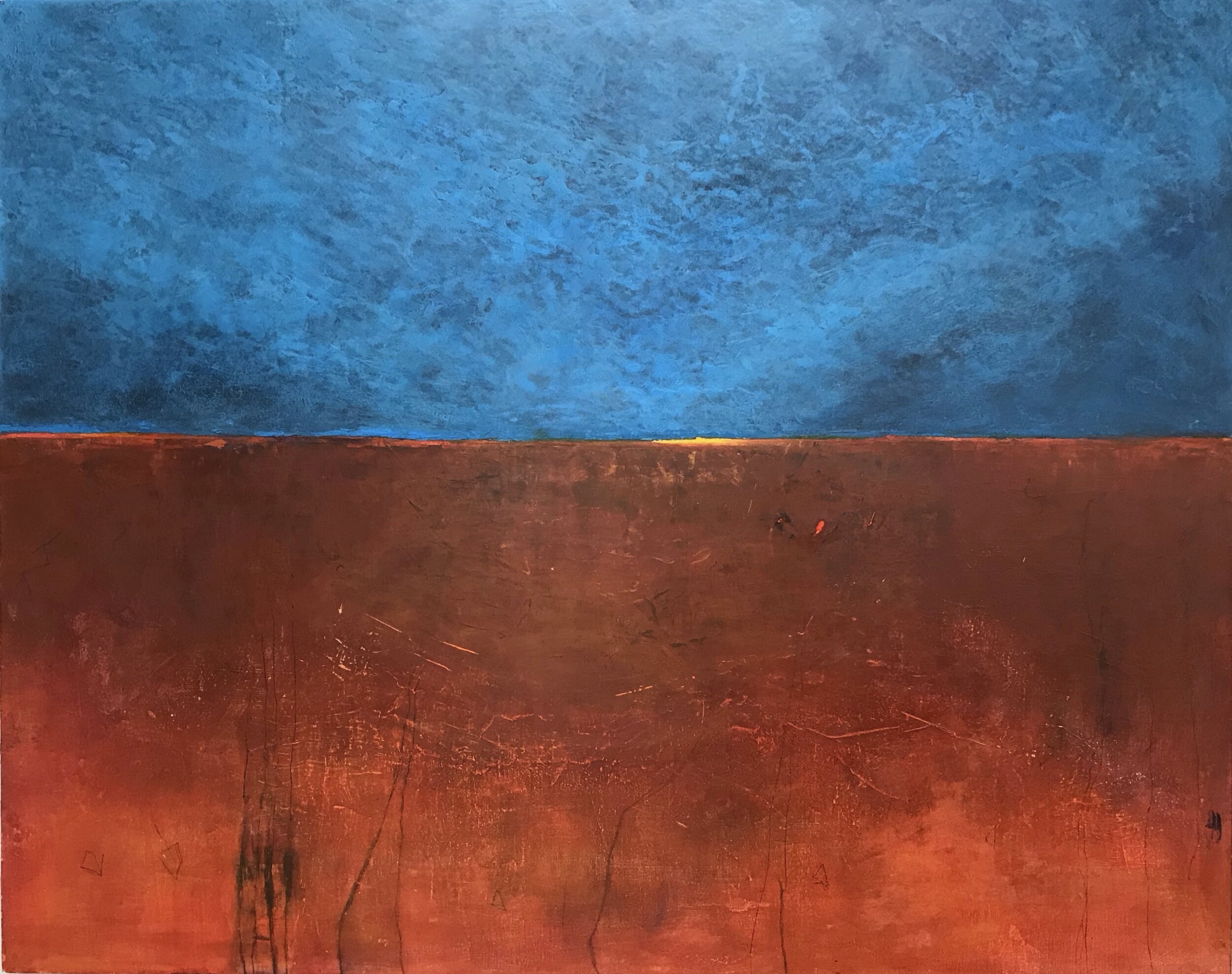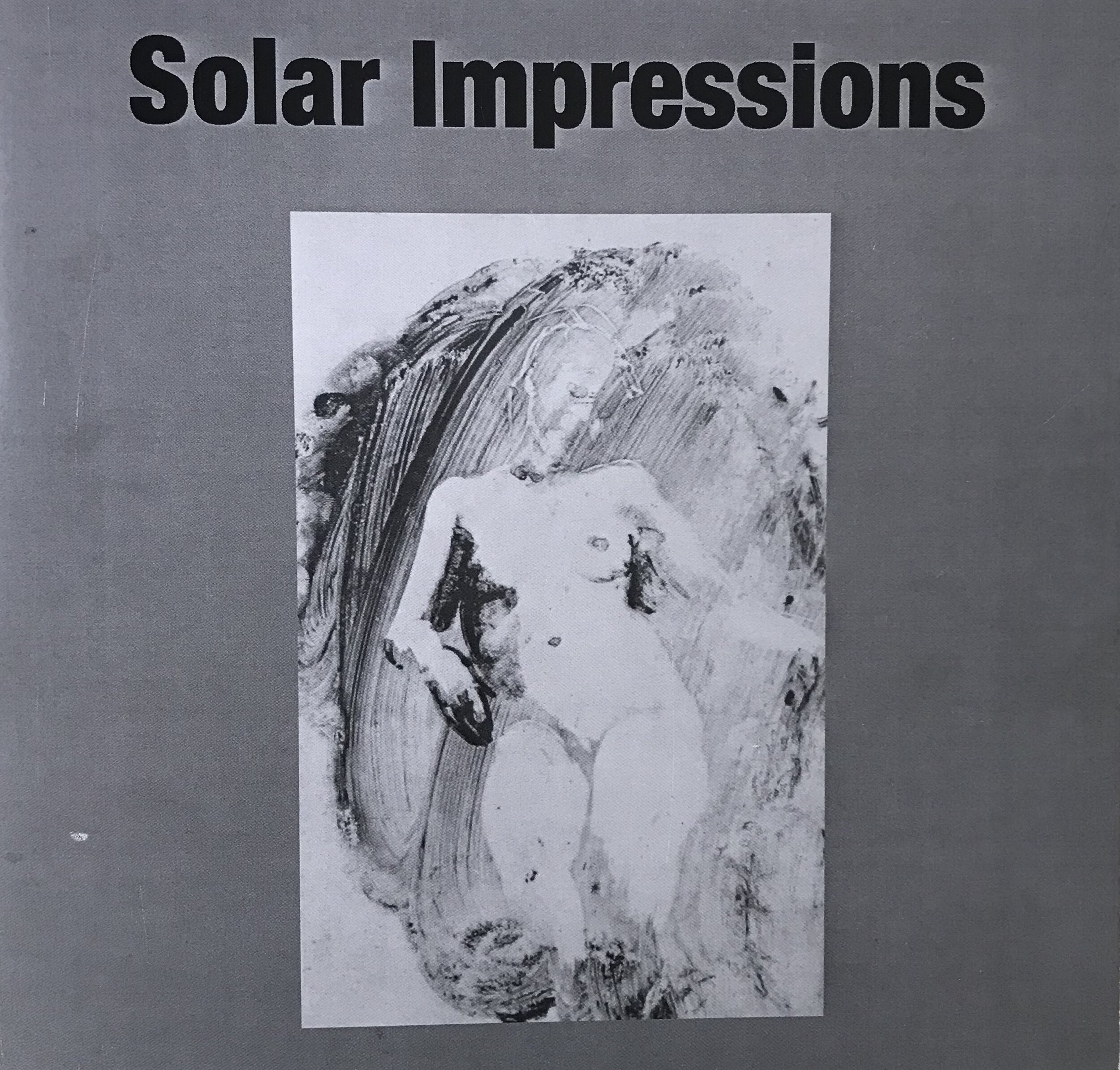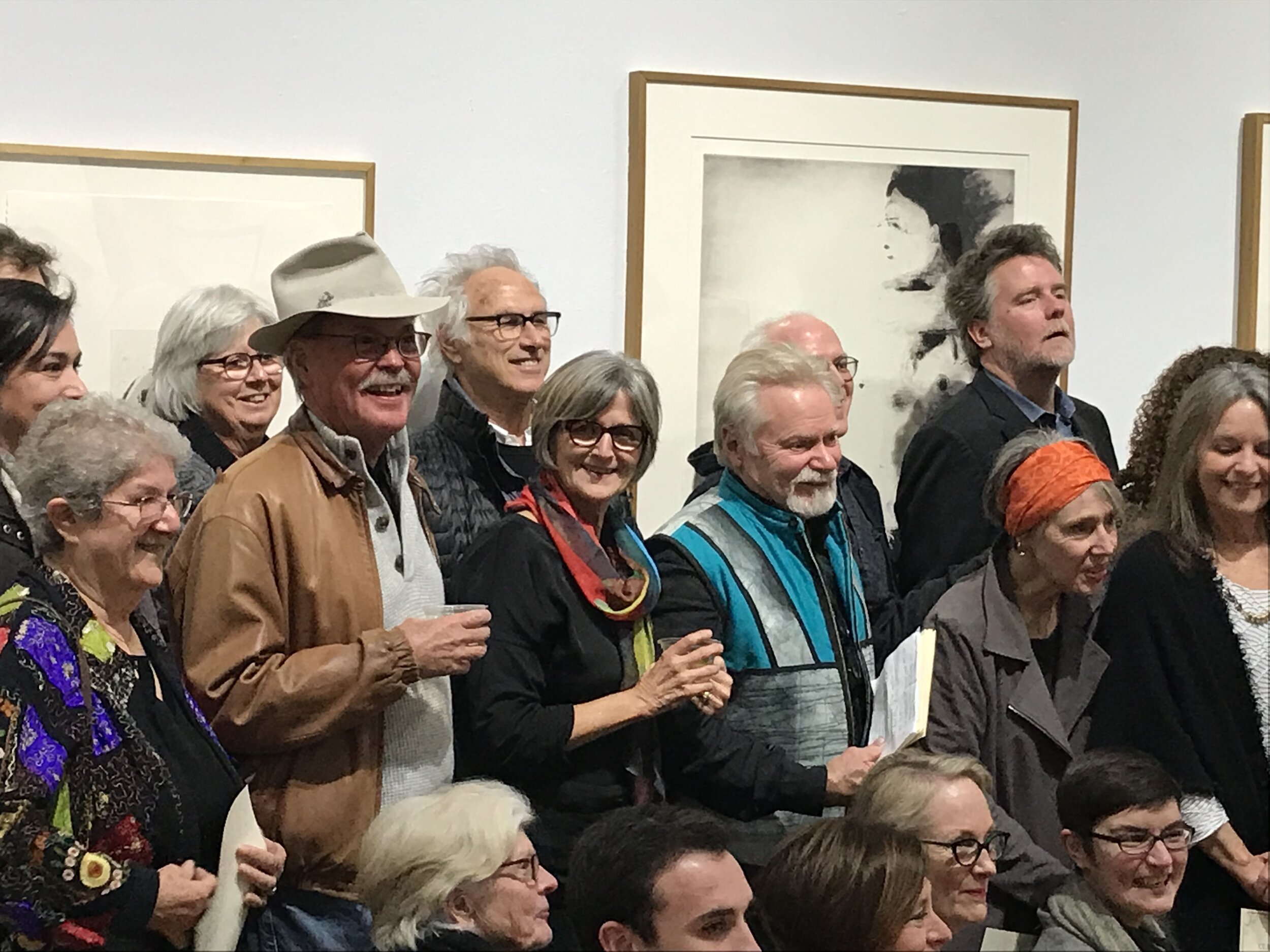In July 2019, I got word that one of my solar plate prints had been accepted in an international exhibition at the Southampton Arts Centre in Southampton on Long Island, New York.
After a brief internal debate and discussions with family and friends, I decided to fly to New York to attend the Opening on November 16th. It felt like a once in a lifetime opportunity I didn’t want to miss.
During the months leading up to the event, I learned that organizers had received more than 700 entries from 11 countries and accepted about 100 works. I was still trying to let it sink in that my work was one of them. Earlier that summer at MISSA, an international summer school for the arts on Vancouver Island, I met Dan Welden, master printmaker and inventor of the solar plate print technique. Under his watchful eye I began to learn everything I could about solar plate printing. Dan was generous, inspiring, particular and encouraging, especially when it came to submitting our work to an exhibition that would take place later that fall. He informed us there would be an independent jury of noteworthy artists and professionals who would select the work and mount the exhibition.
The Opening was everything you’d imagine. A beautiful, light-filled, elegant gallery bustling with artists and members of the local Southampton community, about 400 in all, who came together to mark the occasion with food and drinks. There were photographers, media and lots of buzz. I found myself immersed in conversations with fellow artists from all over the US and some Euro countries and people from the local community. To even be in the same building and have my art on the same walls (in a separate gallery) with some of the master printmakers was nothing less than a thrill. At one point a gallery curator approached me and asked me to come with her. She then handed me a gorgeous flower arrangement my husband and daughters sent for the occasion.
We watched print demonstrations and listened to a presentation from jurors ( Laura Einstein, manager of the Mezzanine Gallery at the Metropolitan Museum of Art, Alex Ferrone, artist and owner/director of the Alex Ferrone Gallery, Cutchogue; and Ron Pokrasso, Santa Fe artist and world printmaking traveller) about the challenges of curating an international exhibit. In her remarks about the calibre of the artwork, Laura said…” Don’t let the size or price of some these pieces fool you. There is a work here by MaryLou Wakefield, which is a little gem.”
I introduced myself to Laura after the talk and thanked her for her very kind words. She leaned in and said, “I just want you to know, I bought your piece.” It was definitely a moment I won’t soon forget. The next day we toured Guild Hall, Pollock House, and the Parrish Museum on the east end of Long Island where a number of Dan’s beautiful prints were on exhibit. Late in the afternoon we hopped on the train back to the city, my head filled with images of abstract expressionist art and events of the past two days. It was a terrific experience, in large part because of the generosity and support of a teacher and mentor who encouraged me to go further and put myself and my work out into the world.





